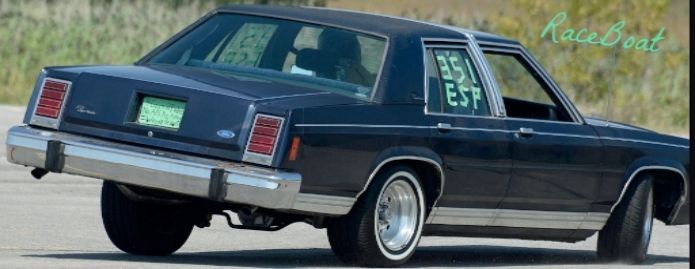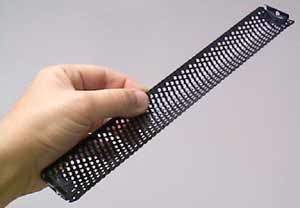This thread is for gathering information from our members (experts and novices alike). This will eventually become an archived reference article. The main purpose of this project is to provide a reference source for those who want to be more informed and prepared before tackling body work or body repairs.
Tell us about your experience(s) with body work and body repairs (big or small). Give details as to what tools/equipment you used, tool/equipment brands, techniques when using repair tools/equipment, and how it turned out. Post pictures, if you have them.
Rules:
-Do not post about priming, painting, or air brushing. This is body work and body repair ONLY.
-Keep to the point. NO EXTRA BS or THREAD-JACKING!
-Tech related questions are allowed if they relate directly to body work/body repair or to a prior post in this thread.
-No posts like "Hey, your car looks awesome" allowed.
-Any posts that can't follow the first four rules will be removed or edited.
Tell us about your experience(s) with body work and body repairs (big or small). Give details as to what tools/equipment you used, tool/equipment brands, techniques when using repair tools/equipment, and how it turned out. Post pictures, if you have them.
Rules:
-Do not post about priming, painting, or air brushing. This is body work and body repair ONLY.
-Keep to the point. NO EXTRA BS or THREAD-JACKING!
-Tech related questions are allowed if they relate directly to body work/body repair or to a prior post in this thread.
-No posts like "Hey, your car looks awesome" allowed.
-Any posts that can't follow the first four rules will be removed or edited.





Comment